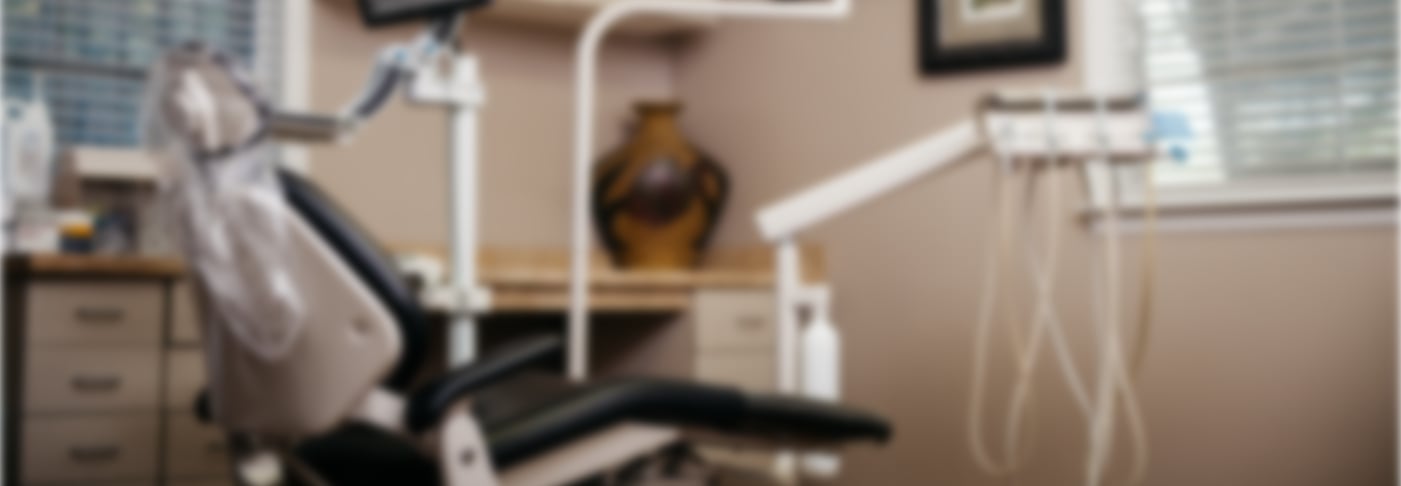 The first thing I think about when I hear ‘pH’ is a swimming pool on a summer day. I know I can’t be the only one either. But actually, a more important pH balance is happening in your mouth. Teeth are especially sensitive to acid– it’s one of the few things that can damage tooth enamel, which is otherwise the hardest material in your body. Limiting the intake of acidic foods protects your teeth– but how exactly does acid disrupt the regular state of your mouth?
The first thing I think about when I hear ‘pH’ is a swimming pool on a summer day. I know I can’t be the only one either. But actually, a more important pH balance is happening in your mouth. Teeth are especially sensitive to acid– it’s one of the few things that can damage tooth enamel, which is otherwise the hardest material in your body. Limiting the intake of acidic foods protects your teeth– but how exactly does acid disrupt the regular state of your mouth?
What is pH?
The pH value of a food or drink is related to the amount of free hydrogen ions present. When acids are in foods, they release free hydrogen ions and those hydrogen ions give acidic foods their mouth-puckering taste. pH ranges from zero to 14. A pH value of 7 is neutral, because the pH value of pure water is exactly 7. Foods with a pH lower than 7 are acidic; values greater than 7 are known as basic.
The pH Range and Your Mouth
At a pH of 5.5 the teeth begin to demineralize, putting them at risk for cavities. A healthy mouth is in a neutral pH range.
All acidity in food and drink weakens teeth. The amount of time that acids are in contact with teeth determines how much damage occurs. Having acidic substances constantly in your saliva means that the acid is constantly coming in contact with your enamel, subjecting them to erosion. A mouth pH below 7 puts teeth at risk for demineralization and eventual cavities.
Acidic beverages in particular have shown to have an effect on the pH level in the mouthA study in the Journal of the American Dental Association, measured the pH levels of 379 beverages, including a mix of sweetened sodas, sports drinks, juices, teas and sparkling waters. The study ranked how much the drinks eroded teeth based on their pH level. Drinks with a pH under 3.0 were labeled as “extremely erosive,” drinks with a pH between 3.0 and 3.99 were “erosive” and drinks with a pH above 4.0 were “minimally erosive.” Sports drinks like Gatorade were the most damaging to teeth, while sparkling water was the least damaging.
How to Keep the Balance
The good news is that saliva naturally fights against acid in the mouth. Saliva contains calcium and phosphate that inhibit demineralization of enamel while promoting remineralization. Calcium phosphate allows for the neutralization of plaque acids on teeth at the same time that it’s calcium and phosphate ions are released to remineralize parts of the enamel.
Fluoride toothpaste (you’ll want to read this link to learn about the best kinds of toothpaste to use, and which ones to avoid) and mouthwash can also help. Fluoride stops the rate of acid dissolution of calcium phosphate, which makes up the majority of the mineral in three layers of the teeth: enamel, cementum, and dentin. Fluoride also allows for remineralization of these layers. Brushing your teeth is important to keep a healthy mouth, but don’t do it right after having acidic foods or drinks can damage the already-softened tooth enamel. Drinking water after acidic foods and beverages can help bring the pH level in your mouth back to a healthy neutral state.
One of the best ways to ensure the pH balance in your mouth is good is to have routine oral exams. Here at Perdido Bay Dental, we perform these routine oral exams, as wells as cosmetic and dental implant procedures. Call us today at (850) 542-4428!

